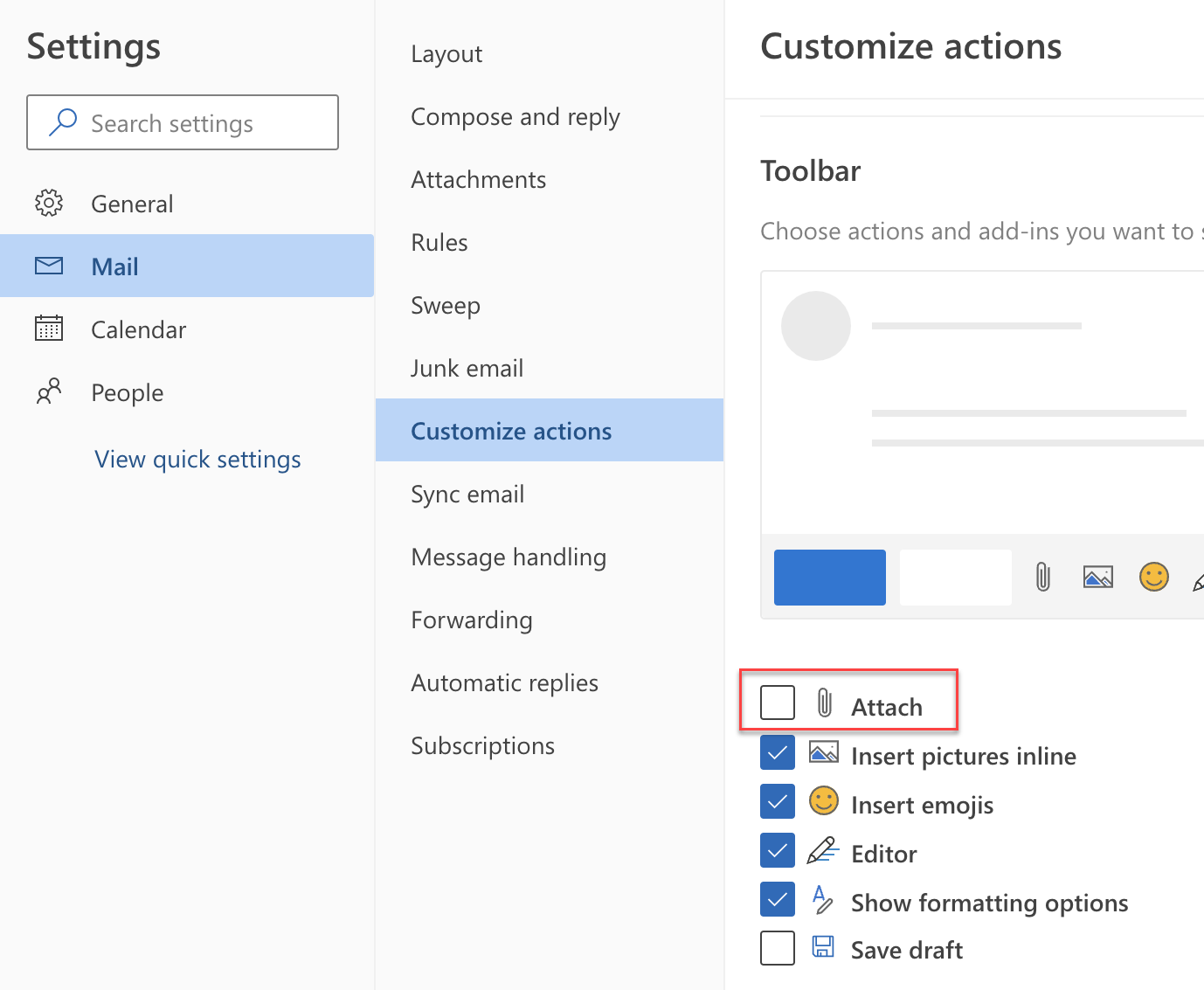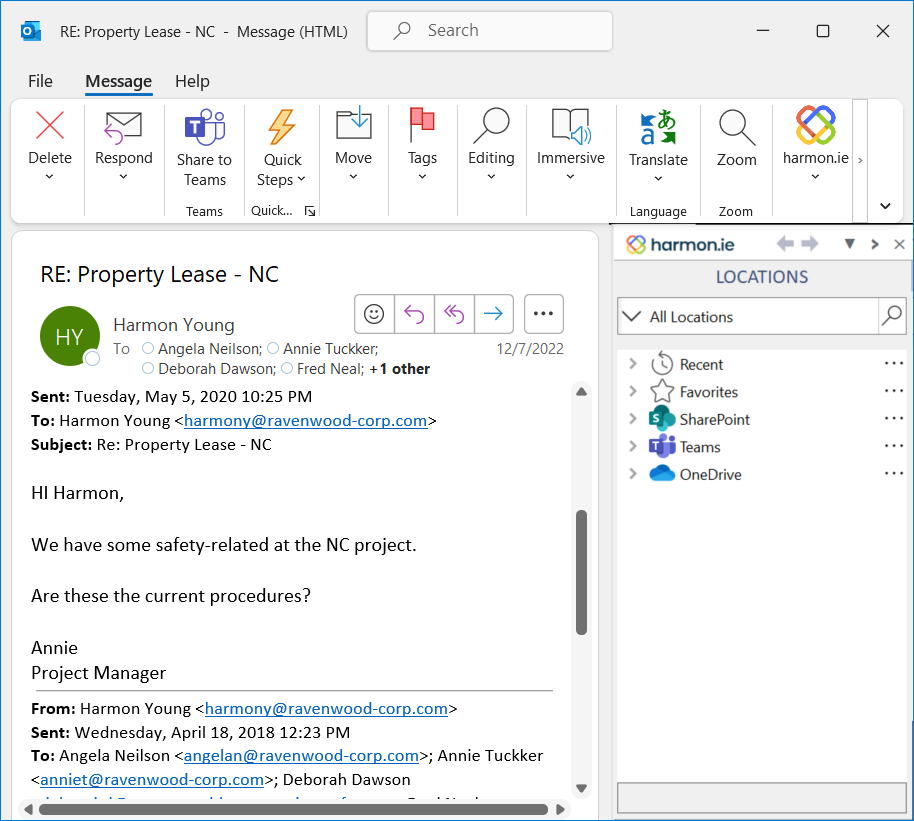Exercising more, eating healthier, or limiting time on social media are common challenges for people who want to change but struggle to break bad habits. One way to link good intentions with actual follow-through is using Nudge theory.
Not only can this method impact people’s behavior in their personal lives, it’s effective in the workplace as well. Since collaboration tool usage fundamentally comes down to behavior change, it can be applied in this domain as well.
Nudge theory in a nutshell
Popularized by behavioral economist Richard Thaler and legal scholar Cass Sunstein in their 2008 book Nudge: Improving Decisions About Health, Wealth, and Happiness, Nudge theory is a subtle form of behavior modification using minor tweaks to encourage particular outcomes.
From Thaler and Sunstein’s book: “A nudge… is any aspect of the choice architecture that alters people’s behavior in a predictable way without forbidding any options or significantly changing their economic incentives. To count as a mere nudge, the intervention must be easy and cheap to avoid. Nudges are not mandates. Putting fruit at eye level counts as a nudge. Banning junk food does not.”
These “nudges” create environments more conducive to people actually following through with behaviors they’re trying to adopt, which has popularized this approach across a wide range of applications.
Four “nudges” to boost SharePoint utilization
With the Nudge theory in mind, here are four small things team leaders and IT departments can do to spur increased SharePoint usage.
Create a little friendly competition
SharePoint’s value is directly proportional to its usage—if people aren’t adding files or visiting the sites it’s just window dressing. With this in mind, use SharePoint’s reporting to generate organizational awareness of actual usage with the intention of boosting it in the future.
For a given site, go to Settings > Site Usage. Here you’ll see traffic metrics along with the number of new posts and files for the specified time period. Proactively sharing this data with different teams may prompt them to begin or increase their own usage.
Include comparison stats from other department sites to inspire laggards to boost their usage or get top users to continue padding their “lead.” Sending these regularly creates further urgency, as it’s clear the goal is continual measurement and improvement.
Remove the Attach option from the Outlook message toolbar
Removing temptations and making undesirable behaviors a little less convenient subtly nudges people toward optimal outcomes. A tiny tweak in the message UI within Outlook removes the Attach button to get people to think twice.
With no paperclip icon available, users will be more likely to send links to files already on SharePoint, Teams, or OneDrive, although nothing technically prevents attaching a file, which we all must do sometimes.
In Outlook go to Settings > Mail > Customize Actions. In the Toolbar section, uncheck the Attach checkbox to remove that tantalizing paperclip. Note: This is a new layout for Outlook on the Web, not all tenants have this layout yet.

Nudge folks back when they email you an attachment
When colleagues send an attachment—even though you both know it’s better to host it in SharePoint and send a link—you have a few choices. You could sigh with disappointment and put it in SharePoint yourself or just let it go altogether. But to potentially change your coworker’s behavior, it’s worth trying something different.
Instead, respond with a message asking them to use SharePoint. Save a standard response as a Quick Part, such as: “Thanks for your message, which I see has an attachment. We’re trying to limit emailing attachments and instead use SharePoint, so could you please add this file to SharePoint and send me the link unless there’s a specific reason not to do so?”
You may not want to send this standard reply to your boss or members of the C-suite, but an immediate and consistent prompt for the attachment sender to change their behavior eventually should yield results.
Empower employees to interact with SharePoint from their inbox
For some employees, out-of-sight may equal out-of-mind, so when they’re emailing SharePoint isn’t even on their radar. But with the harmon.ie 365 Suite, SharePoint remains visible, even in their inbox.
It not only makes it easier than ever to add files to SharePoint and generate permissions-driven links to files hosted there but once installed, it’s literally right there in their Outlook view. This serves as a continual reminder to be more diligent about using SharePoint and that it’s also a total breeze to do so thanks to the seamless functionality and integration harmon.ie offers.

Nudges, not ultimatums
All the ideas above—and many more we haven’t thought of or shared—are merely suggestions. Employees can still attach files, ignore your request, and shrug off their poor standings in the SharePoint Utilization table.
This softer approach rather than a sweeping corporate mandate may not shift everyone’s behavior to an ideal state, but all of these little suggestions and prompts tend to add up and create more organic support for the initiative. So why not give it a try?

